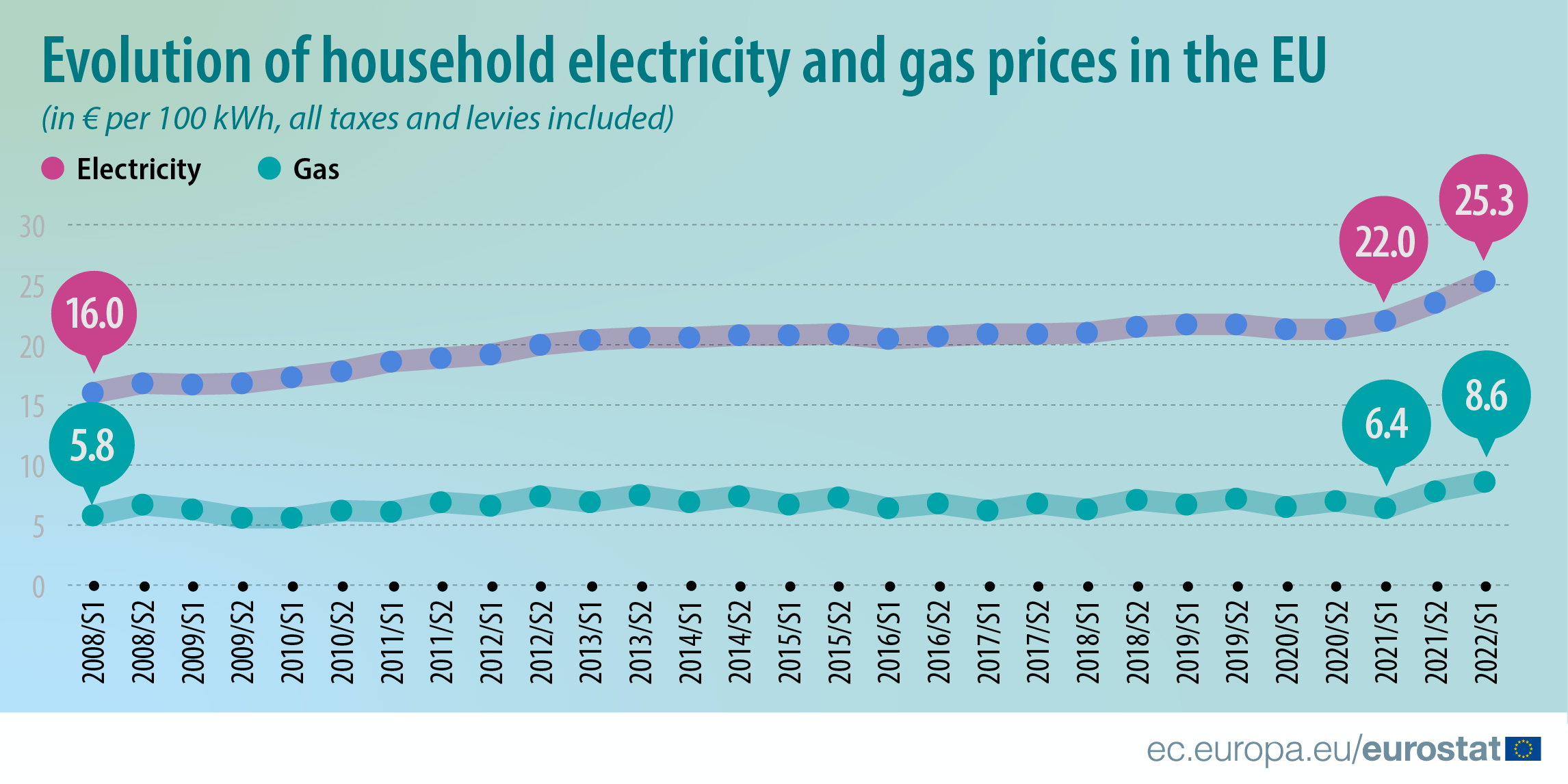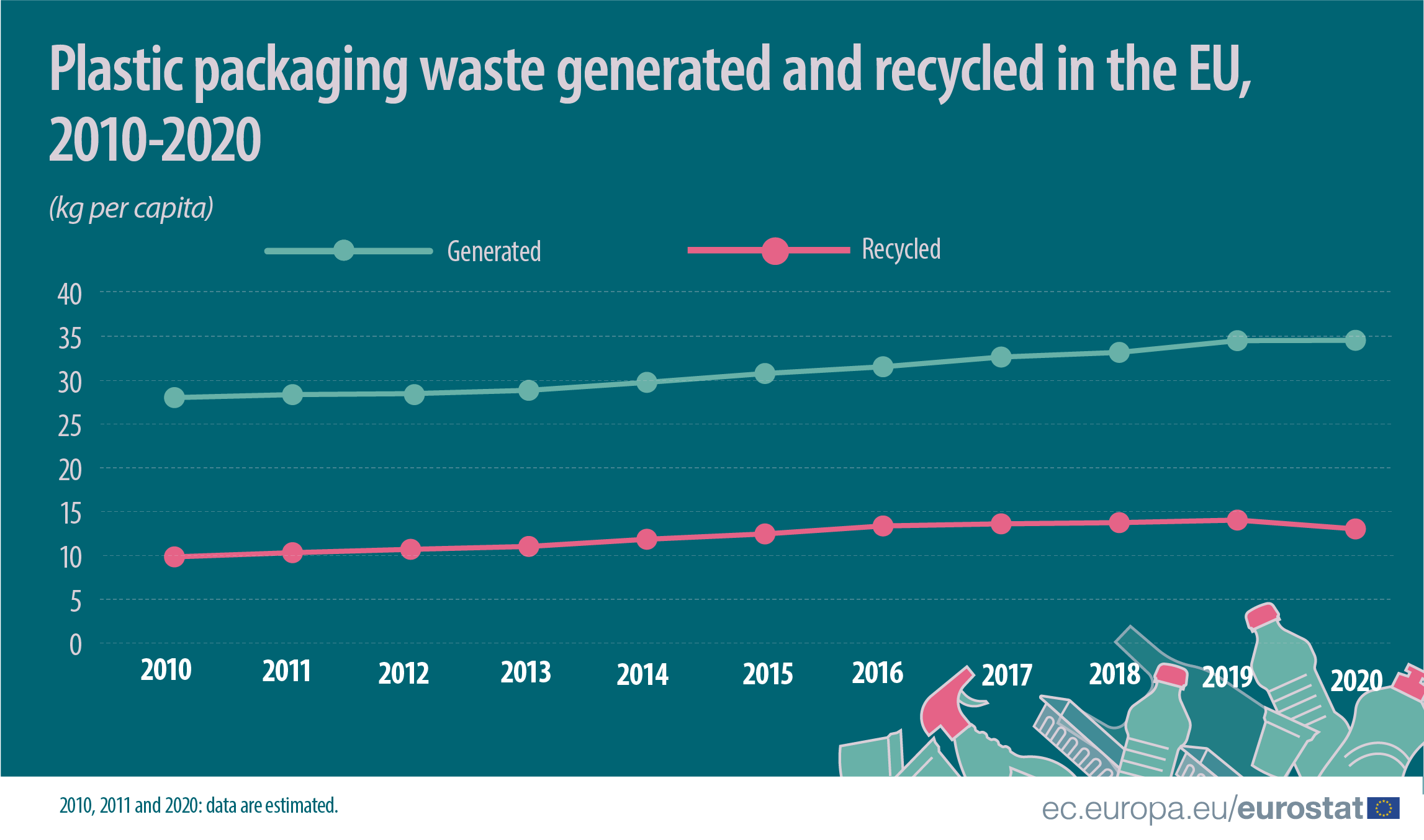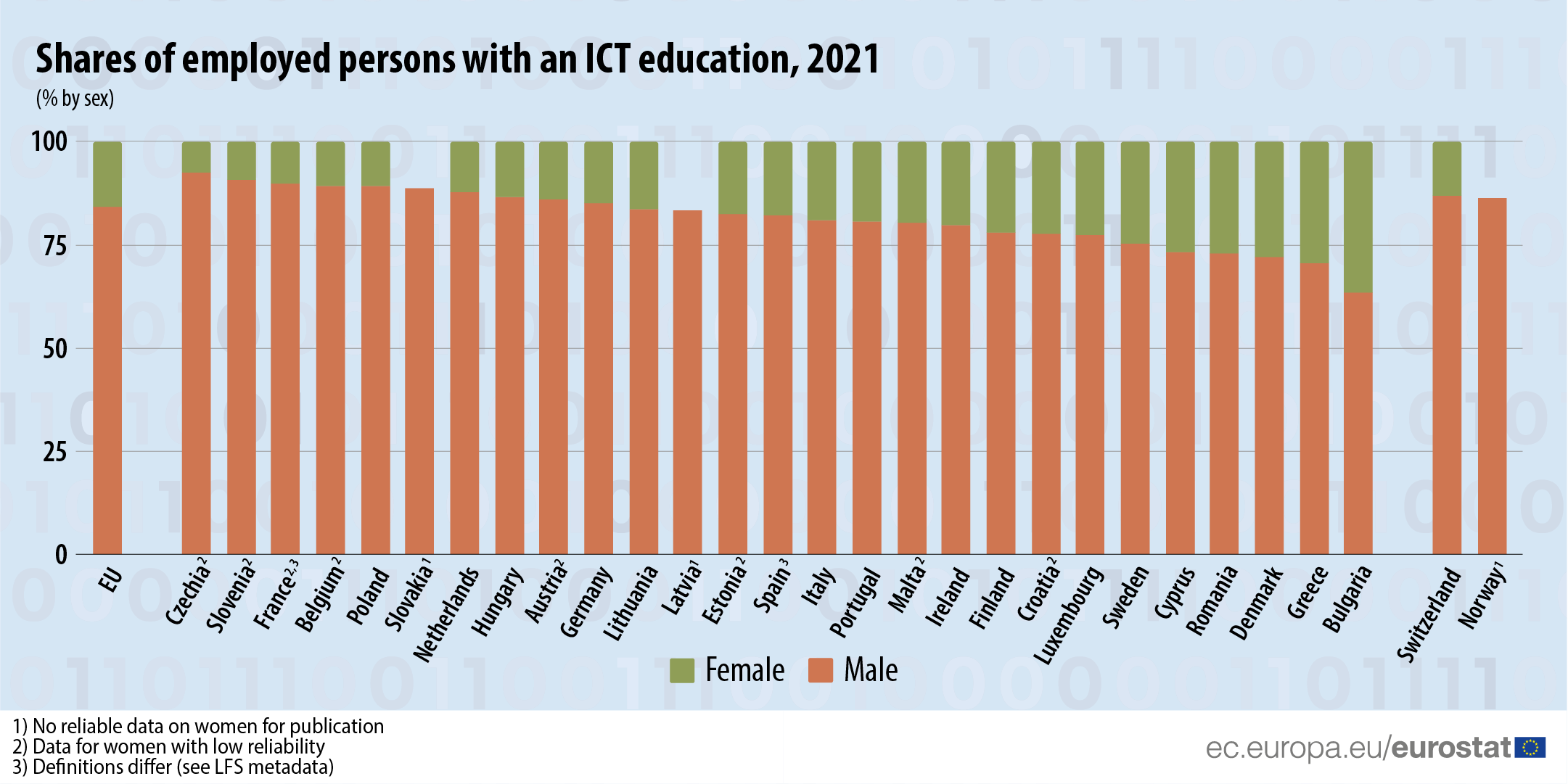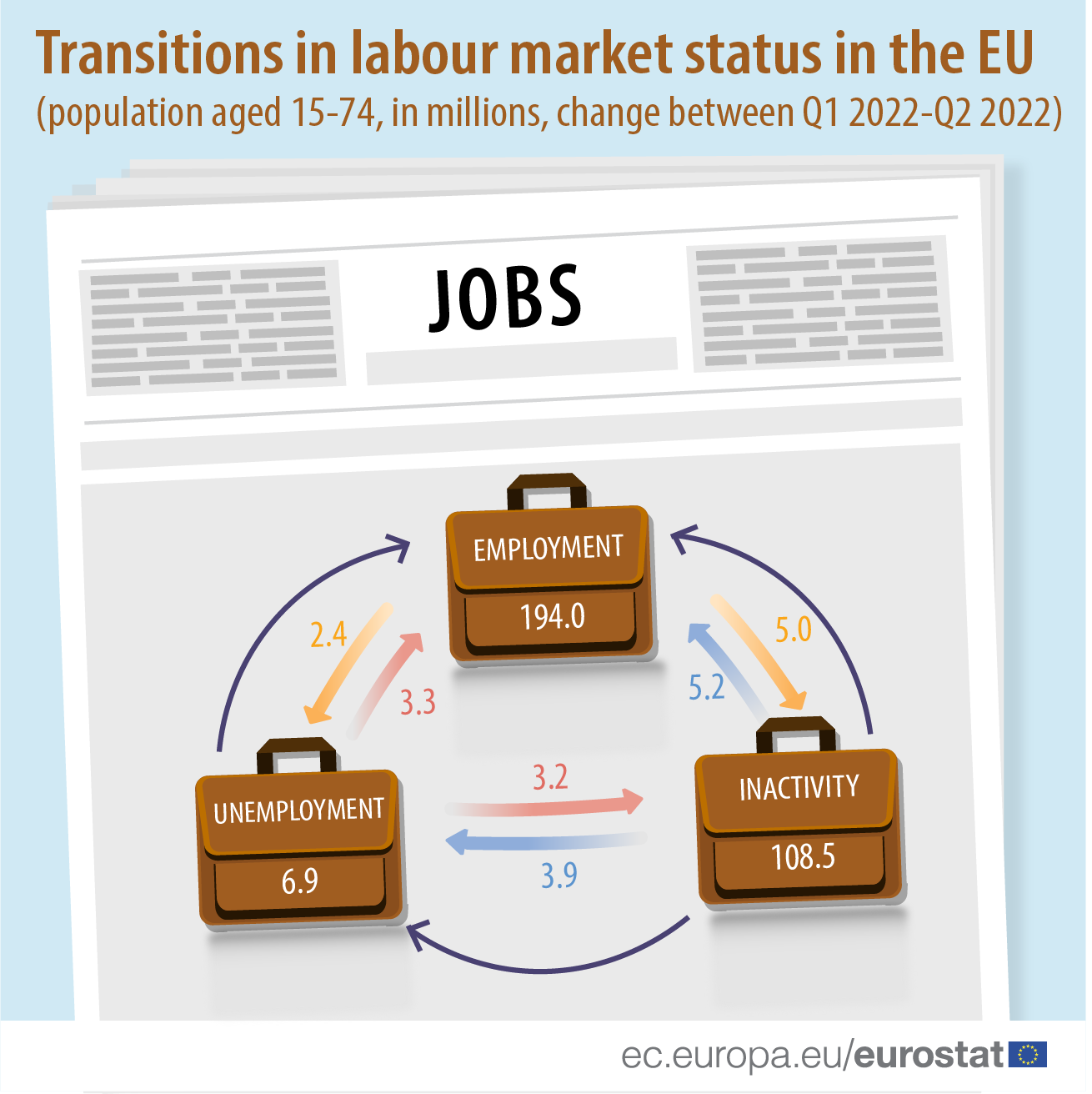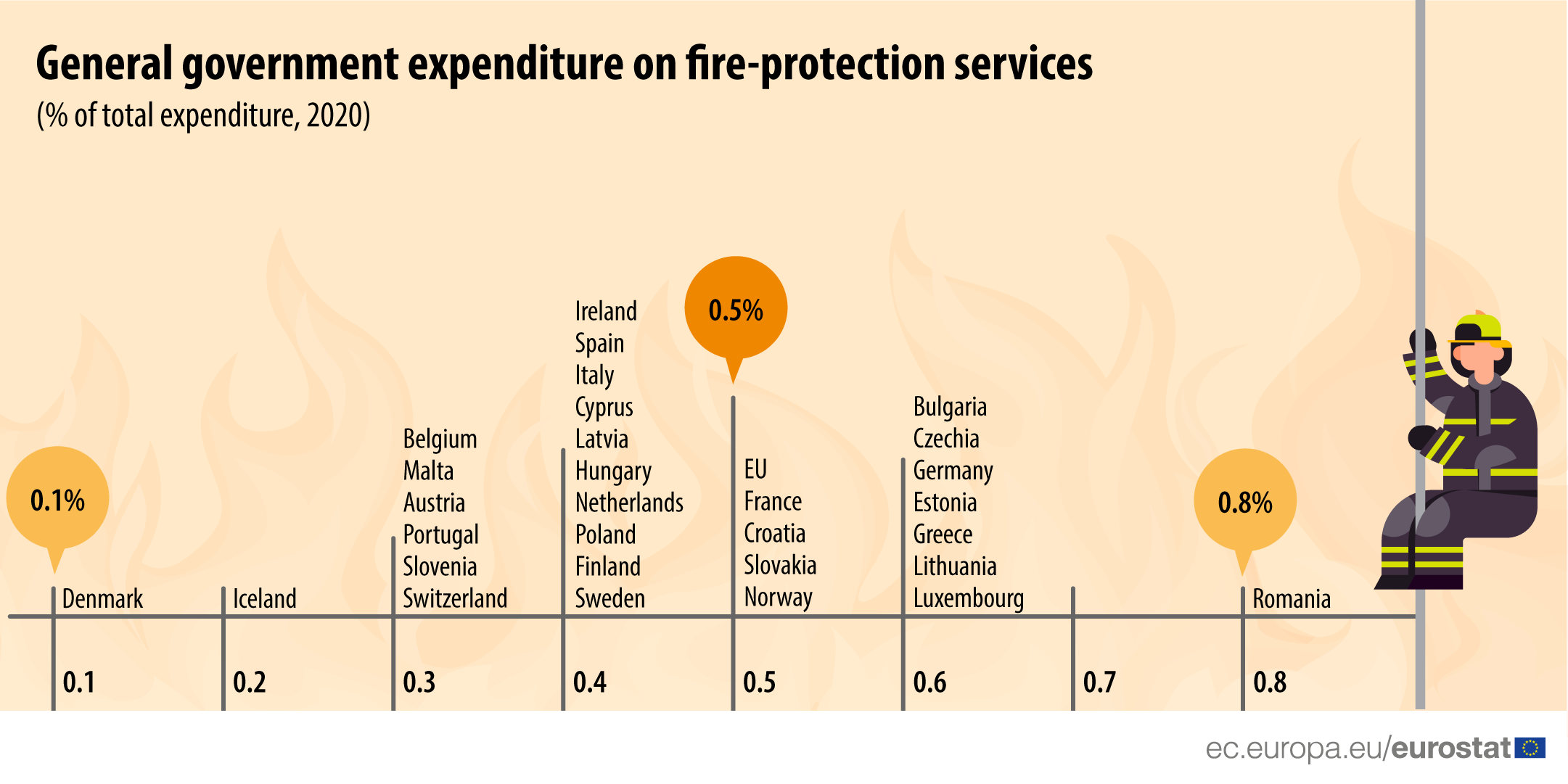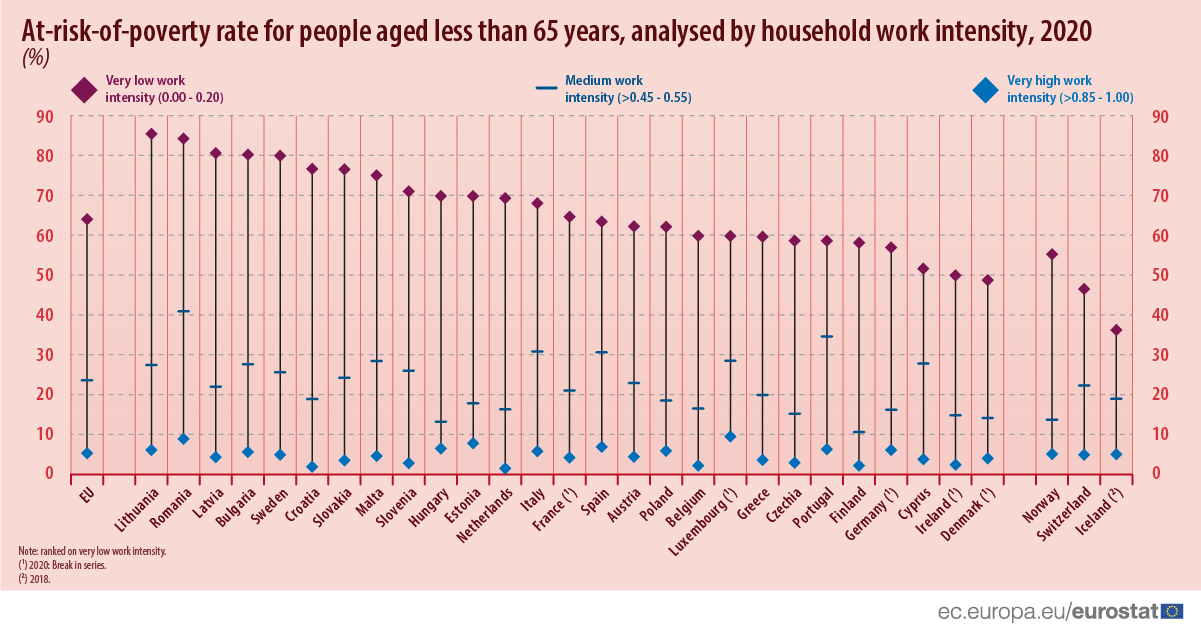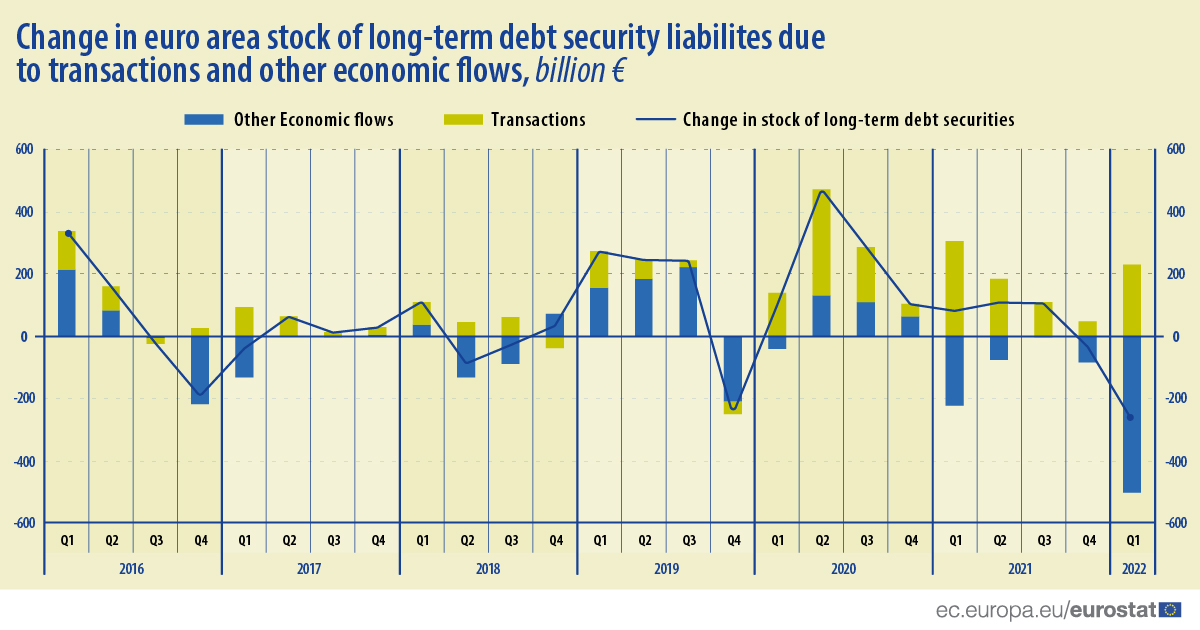In the first half of 2022, average household electricity prices in the EU increased sharply compared with the same period in 2021, from €22.0 per 100 kWh to reach €25.3 per 100 kWh.
Statistics
In 2020, each person living in the EU generated 34.6 kg of plastic packaging waste on average. Out of these, 13.0 kg were recycled.
In 2021, there were 2.79 million employed persons with an ICT education, 3.3% more than in 2020.
Between the first and second quarter of 2022, 3.3 million unemployed people in the EU (25% of all unemployed in the first quarter of 2022) found a job.
The EU tourism industry seems to be rebounding from the COVID-19 pandemic strongly.
In 2021, across the EU, young people left their parental household on average at the age of 26.5 years. However, this average varies among the different EU Member States.
In the first quarter of 2022, EU economy greenhouse gas emissions totalled 1 029 million tonnes of CO2-equivalents (CO2-eq), a 7% and 6% increase compared with the same quarter of 2020 and 2021, bu
In 2020, general government expenditure in the 27 EU Member States on "fire protection services" amounted to €32.9 billion, a 6.4% increase from 2019, when expenditure was around €30.9 billion.
Work intensity reflects how much all working-age household members have worked as compared to their full potential.
In the first quarter of 2022, the market value of the outstanding long-term debt securities in the euro area decreased by around €501 billion due to a decrease in value in the financial markets.
